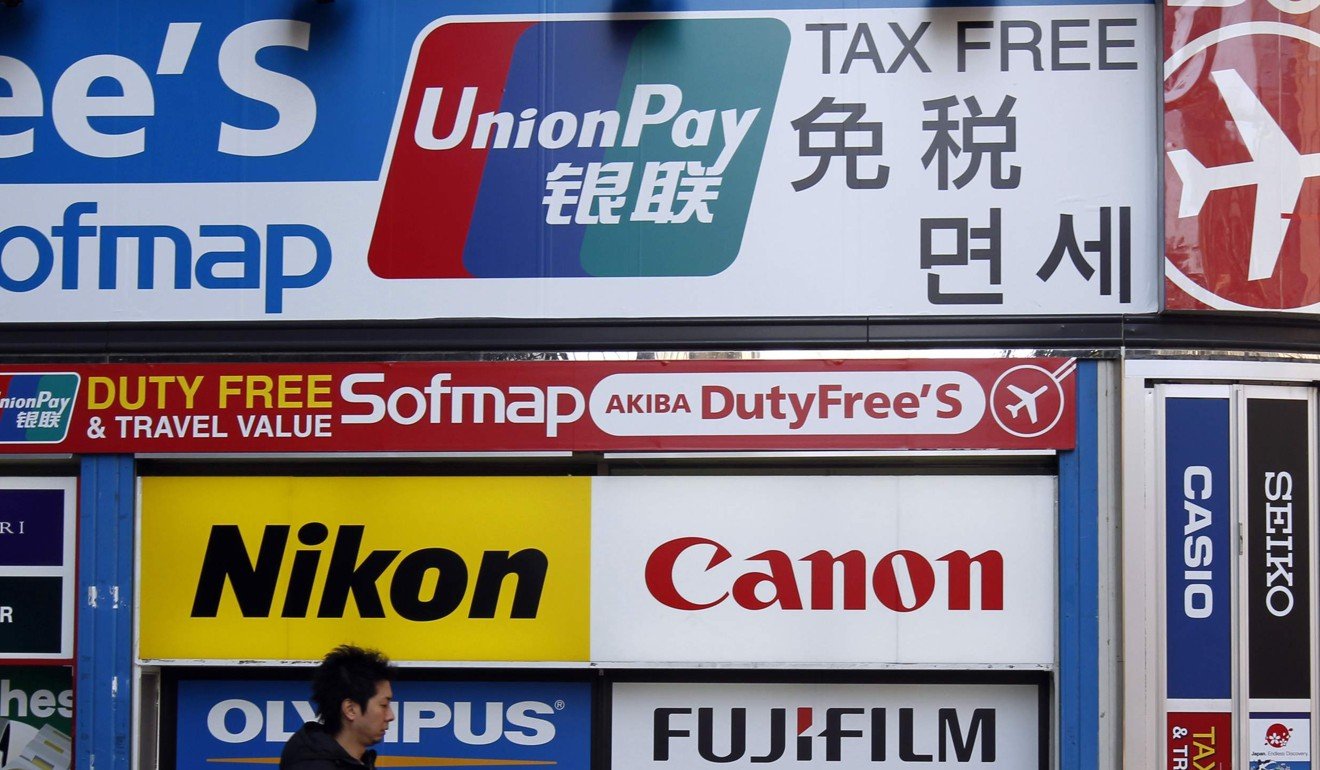
Buses and subways to become new battlefield for mobile payments
UnionPay announces latest cooperation, this time with Apple Pay for travelling on the Guangzhou underground system

China UnionPay, the country’s dominant bank card clearing service, has announced a tie up with Apple Pay for customers using subway trains in the southern city of Guangzhou.
Commuters with UnionPay cards can now pay for their ride with their iPhone or Apple Watch at more than 6,000 subway gates at all stations in the city.
Shanghai-based UnionPay said the arrangement is part of its push to create a nationwide “smart” public transport system.
Payments will be possible using technology called offline data authentication (ODA), and can be completed regardless of an internet connection, UnionPay said.
The Chinese company said last Friday it has already seen 300,000 “quick pass” payments using ODA-enabled UnionPay cards on 382 buses in the first 20 days of a trial in the city of Longyan, in Fujian province.

UnionPay estimates 90 billion individual trips are made using Chinese buses and subways annually.
Internet giants including Tencent and Ant Financial – the financial affiliate of Alibaba Group – have also started making headway in China’s massive public transport market.
“Public transport stands out as one of the new battlefields for e-payments, thanks to high frequency and real demand,” said Wang Pengbo, an analyst at Analysys. “In future, we will see much wider use of mobile payments, driven by the strong consumer need.”
Public transport stands out as one of the new battlefields for e-payments, thanks to high frequency and real demand
Earlier this month, Tencent founder and chairman Pony Ma Huateng showed up on a bus in Hefei in Anhui province to promote the internet giant’s bus fare payment service via Tencent Pay or WeChat Pay, using a designated QR code, the ubiquitous data storage format.
Tencent has already launched the service in cities including Guangzhou, Shenzhen, Qingdao, and Foshan by cooperating with the local transport operators.
Also this month, Industrial and Commercial Bank of China – the nation’s largest lender – said it plans to extend QR code scanning for all payments on subway lines in Beijing by the end of the first quarter of 2018, expanding from a limited services still only available on the airport line.
Ant Financial already allows Alipay users to pay for bus fares by scanning a designated QR code in more than 10 cities, including Hangzhou and Wuhan.
China is home to 502 million mobile payment users, according to the latest figures at the end of June, or 67 per cent of its total population of internet users, according to data from the China internet Network Information Centre.
Alibaba owns the South China Morning Post